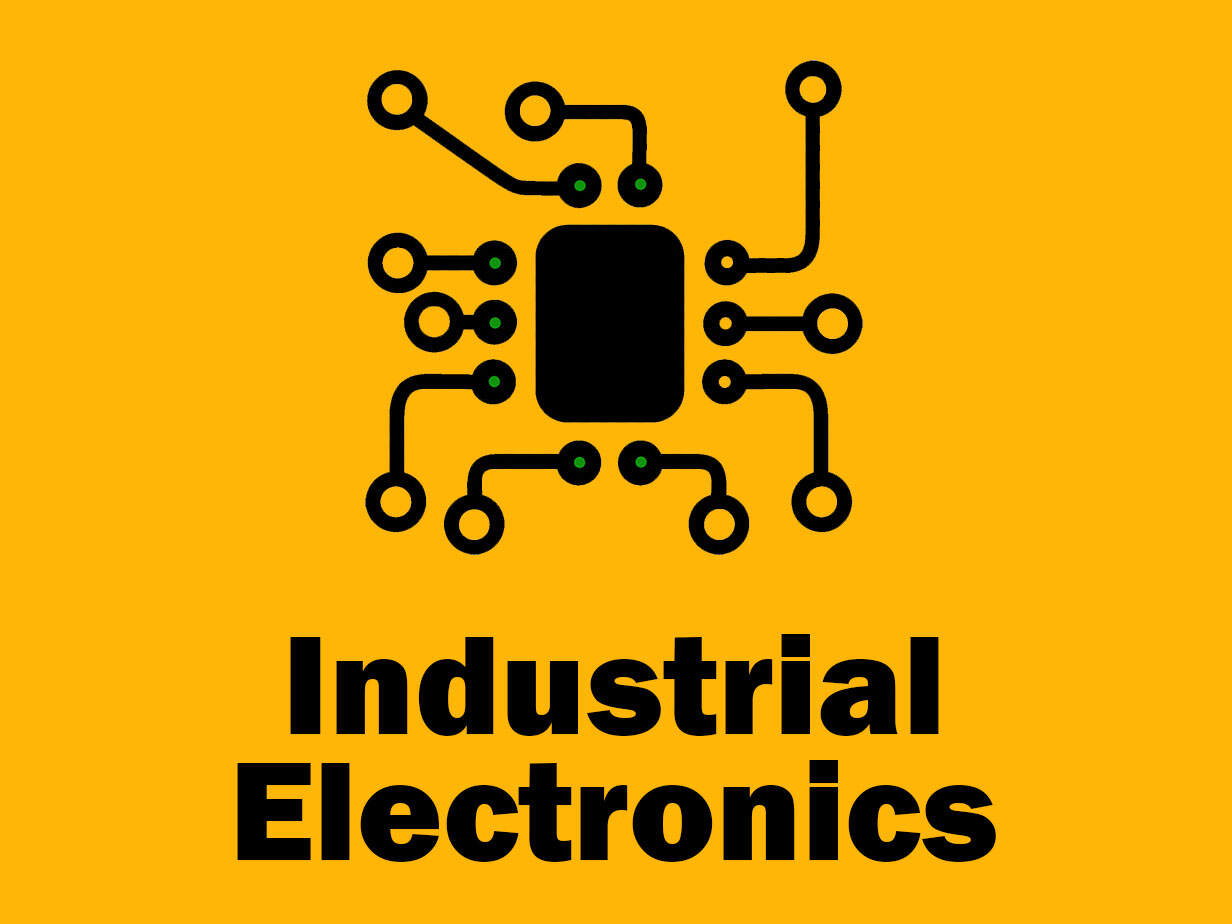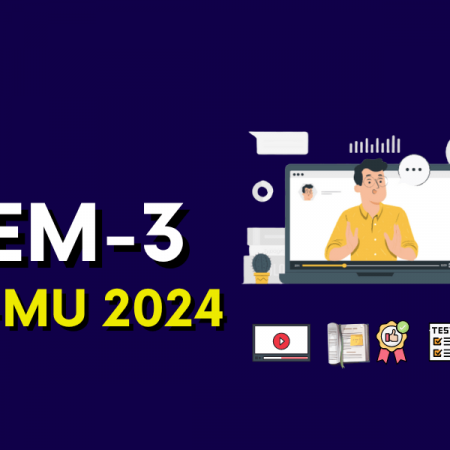Industrial Electronics
Free

Industrial Electronics
Objectives for the subject Industrial Electronics is to study power electronic switches and circuits and their applications. To familiarize Op amp and digital circuits and their applications.
To acquaint with basics of microprocessor and microcontroller. To study structure, working and characteristics of different types of industrial electric motors and there. Selection for a particular application Outcomes for the subject Industrial Electronics Learner will be able to… Illustrate construction, working principles and applications of power electronic switches. Identify rectifiers and inverters for dc and ac motor speed control. Develop circuits using OPAMP and timer IC555. Identify digital circuits for industrial applications. Illustrate the knowledge of basic functioning of microcontroller. Analyse speed-torque characteristics of electrical machines for speed control.
An operational amplifier (often op amp or opamp) is a DC-coupled high-gain electronic voltage amplifier with a differential input and, usually, a single-ended output.In this configuration, an op amp produces an output potential (relative to circuit ground) that is typically 100,000 times larger than the potential difference between its input terminals. Operational amplifiers had their origins in analog computers, where they were used to perform mathematical operations in linear, non-linear, and frequency-dependent circuits. The popularity of the op amp as a building block in analog circuits is due to its versatility. By using negative feedback, the characteristics of an op-amp circuit, its gain, input and output impedance, bandwidth etc. are determined by external components and have little dependence on temperature coefficients or engineering tolerance in the op amp itself.
Chapter Semiconductor Devices consists of the following subtopics Diodes: Principles V-I characteristics and Application of: rectifier diode, zener diode, LED, photodiode, SCR V-I characteristics, UJT triggering circuit, turning-off of a SCR (preliminary discussion), basics of Gate Turn-off thyristor (GTO). Structure and V-I characteristics of Triac (modes of operation not needed) and Diac, Applications of Triac-Diac circuit. Characteristics and principle of Power BJT, power MOSFET, IGBT, comparison of devices, MOSFET/IGBT Gate driver circuit Comparison of SCR, Triac, Power BJT, power MOSFET, IGBT.
Chapter Phase controlled rectifiers and Bridge inverters consists of the following subtopics Full wave controlled rectifier using SCR’s(semi controlled, fully controlled) with R load only, Derivation of output voltage Block diagram of closed loop speed control of DC motors, Necessity of inner current control loop Basic principle of single phase and three phase bridge inverters , block diagrams including rectifier and inverter for speed control of AC motors (frequency control only).
Chapter Operational amplifiers and 555 Timer consists of the following subtopics Operational amplifier circuits, Ideal OPAMP behaviour, common OPAMP ICs; Basic OPAMP circuits- Inverting amplifier, Non-inverting amplifier, Voltage follower (Buffer), Instrumentation Amplifier, Active first order filter: Low pass and high pass filter; Power Op Amps, Optical Isolation amplifier; 555 timer-Operating modes: monostable, astable multivibrator.
Chapter Digital logic and logic families consists of the following subtopics Digital signals, combinational and sequential logic circuits, clock signals, Boolean algebra and logic gates. Integrated circuits and logic families: Logic Levels, Noise Immunity, Fan Out, Propagation Delay, TTL logic family CMOS Logic family, comparison with TTL family Flip flops: Set Reset(SR),Trigger(T), clocked F/Fs; Registers, decoders and encoders, Multiplexer and Demultiplexer, applications.
Chapter Microprocessor and Microcontrollers consists of the following subtopics Overview of generic microprocessor, architecture and functional block diagram, Comparison of microprocessor and microcontrollerMSP430 architecture, assembly language programming, C compiler programming, basics of interfacing with external input / output devices (like reading external analog voltages, digital input output) Applications of microcontroller: Temperature measurement, Speed Measurement using Proximity Sensor, Piezoelectric Actuator Drive.
Chapter Motors consists of the following subtopics Review and comparison of DC motors and AC induction motors, Basic principles of speed control of AC induction motor Basics of BLDC motor, Linear Actuator motor, Servo Motor Motor Specifications, suitability of each motor for various industrial applications, Selection and sizing of motors for different applications. Applications for pumps, conveyors, machine tools, Microcontroller based speed control for Induction Motor.
Prepare For Your Placements: https://lastmomenttuitions.com/courses/placement-preparation/
![]()
/ Youtube Channel: https://www.youtube.com/channel/UCGFNZxMqKLsqWERX_N2f08Q
Follow For Latest Updates, Study Tips & More Content!
Course Features
- Lectures 3
- Quizzes 0
- Duration 50 hours
- Skill level All levels
- Language English
- Students 75
- Certificate No
- Assessments Yes



